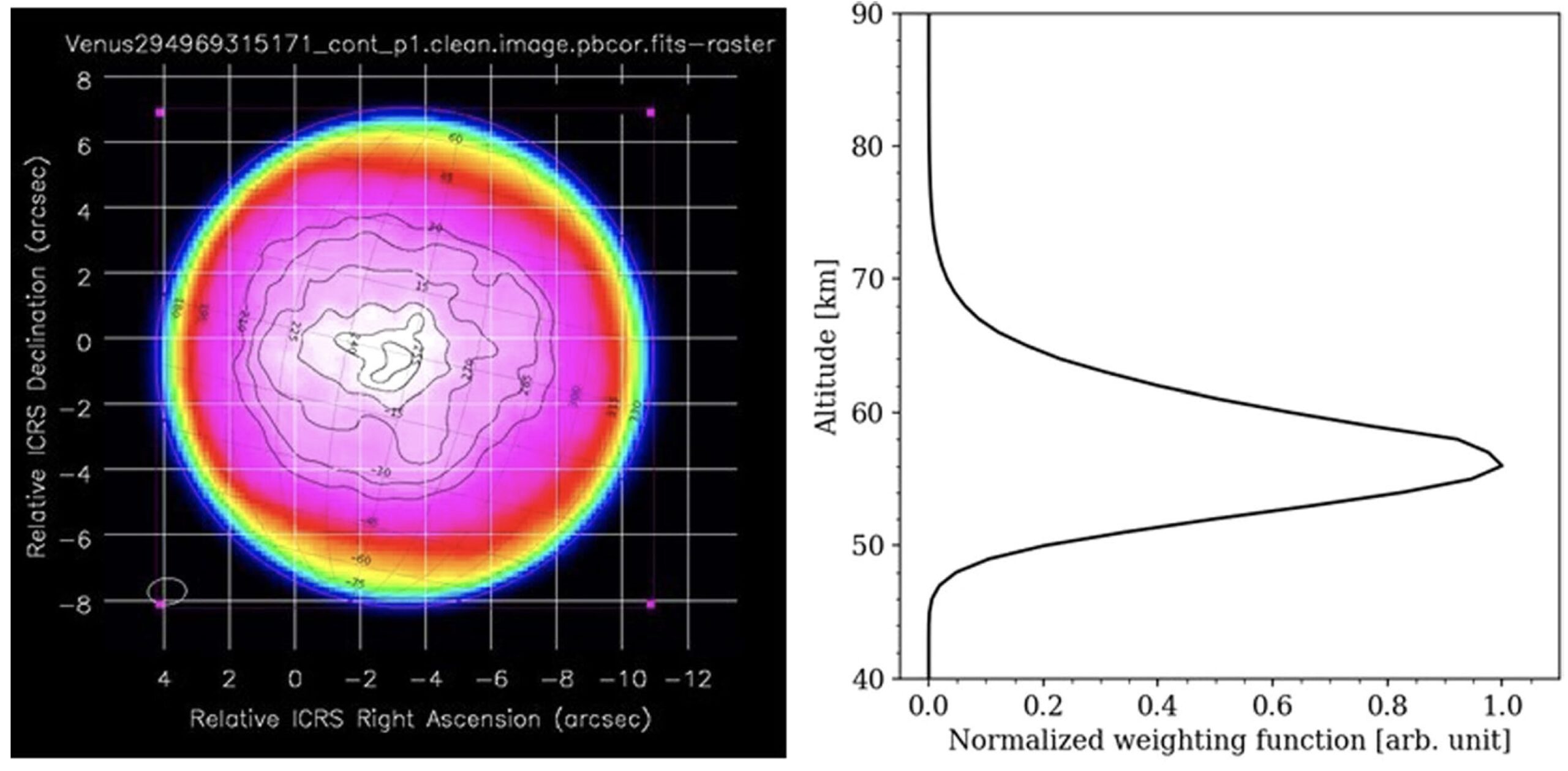Signs of life from the clouds of Venus?
Our hot sister planet, Venus, basically has no potential for life on its surface – the pressure and temperature are much too high. Nevertheless, in “The Clouds of Venus,” a team from NASA made an interesting discovery. I was reminded of this when I read a new press release from Cardiff University. Astronomer Jane Greaves and her colleagues have been analyzing Venus’s atmosphere for years and stumbled across an interesting substance: phosphane (older, but chemically incorrect name: phosphine).
On Earth, phosphane, a compound of phosphorus and hydrogen (PH3), is a gas produced predominantly by anaerobic biological sources. The conditions on Venus’s surface are indeed hostile to life, but in the upper layer of clouds – about 53 to 62 kilometers (33 miles to 39 miles) above the surface – the conditions are more moderate. The composition of the clouds, however, is very acidic, and under those conditions, phosphane would be broken down very quickly.
Nevertheless, the researchers found a spectral signature unique to phosphane and determined from this signature a frequency of occurrence of 20 parts per billion in the clouds of Venus. Thus, some source must be continuously replenishing the gas. The authors of the paper then examined various possibilities for how the phosphane could have been created, for example, by sources on the surface of the planet, impacts of micrometeorites, lightning strikes, or chemical processes taking place in the clouds. Ultimately, however, the team was not able to determine the source of the signature for certain. None of the known chemical processes could generate sufficient quantities of phosphane.
The authors caution that the exclusion of known chemical processes is not robust evidence for the presence of microbial life, of course, and probably only points toward other, potentially unknown geological or chemical processes that might be taking place on Venus. Additional observations and models will be required to research the origin of the phosphane in Venus’s atmosphere. At the same time, in their paper, they also show ways how life could produce the gas in the clouds of Venus.
